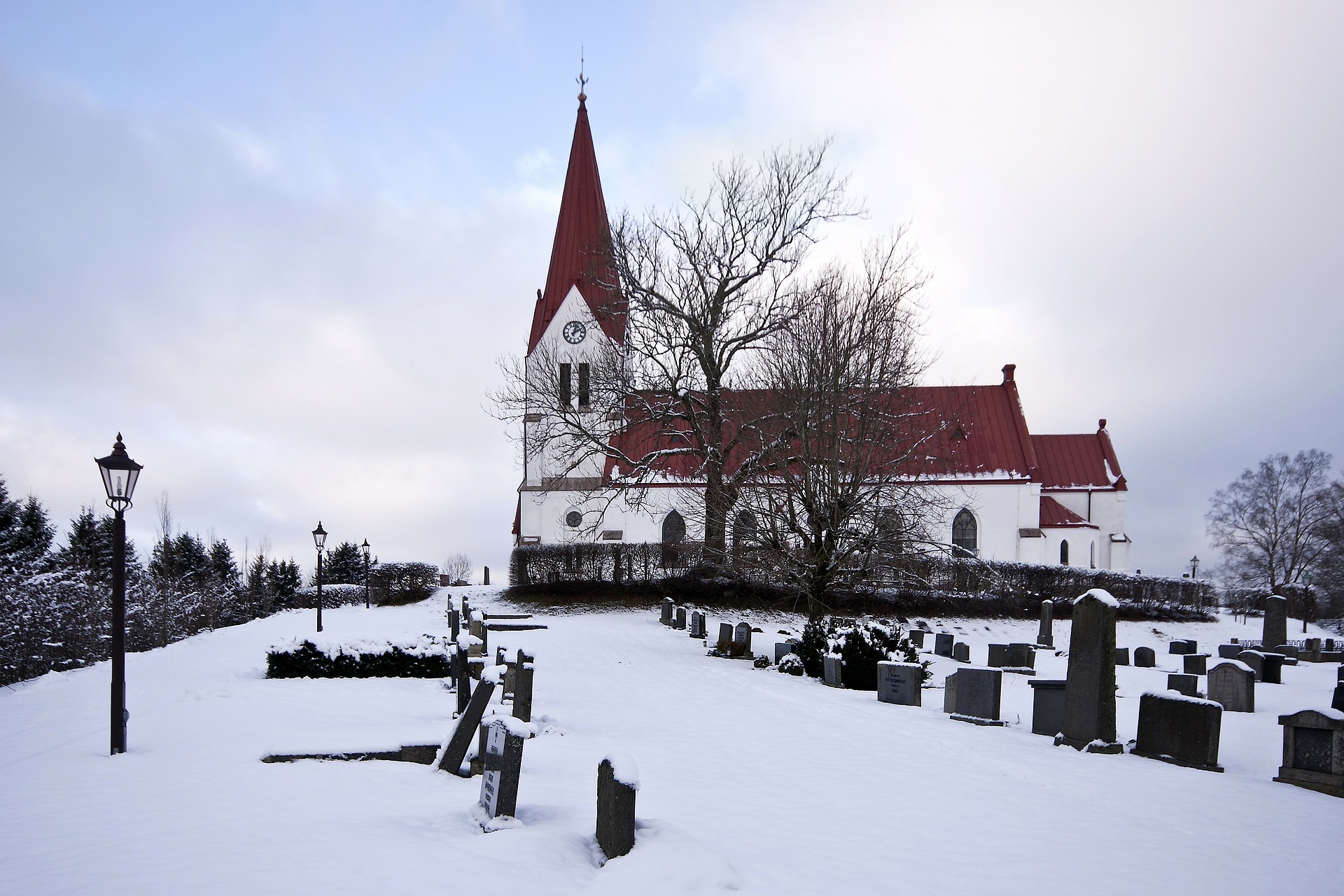

Bats in Europe are regular churchgoers. In fact, they often take up residence in the quiet upper areas of a church, whether an attic, steeple, or belfry. Those areas don’t tend to be that popular with human congregants, so for decades—and in some cases hundreds of years—bats like the brown long-eared bat Plecotus auritus would roost in churches.
In some cases, having bats in residence is a problem. Like in the English churches that are having to figure out how to deal with massive amounts of bat guano. But in Sweden, where the brown long-eared bat lives, the bats tend to be fairly unnoticeable unless you’re looking for them.
Biologist Jens Rydell was looking for bats. He had surveyed Swedish churches in the 1980s for bat populations living in their attics. Then, he repeated the study in 2016 to see if the populations had changed. It turns out, there was a noticeable decrease in bats, and the churches where the flying flock had fled all had something in common. They’d decided to let their light shine.
For the most part, the colonies that disappeared in the 30 years between surveys were located in churches that decided to install floodlights to show off their architecture at night. In one case, the lights were installed on the interior of the church, to better show off some architectural details.
“Generally bats are faring quite well in this area,” Rydell said in an e-mail. “ But the massive introduction of lights can clearly change that. A 38 percent reduction of colonies, as we found, is a lot.” He says the loss of individual bats is likely even higher as it’s easier to kill an individual than an entire colony.
Lights focused on the bats’ home leave them vulnerable to predators like tawny owls, sparrow hawks, and housecats. Without the cover of darkness the bats have a harder time avoiding predators.
It also makes churches less appealing to bats, which don’t have natural caves to live in in Sweden, and have used the churches as a warm refuge in a cold climate for nearly 1,000 years. There are other benefits too.
“Church attics are large enough and have piles of hibernating insects such as blow flies, butterflies (tortoiseshells), and also, of course, potentially harmful insects to the wood.” Rydell says. “The bats feed on these and can thus be active even weather is unfeasible outside. They can even grab a meal if the get hungry during daytime or in the middle of the winter. Other bat roosts normally don´t have such facilities!”
Rydell says he hopes his results, published today in Royal Society: Open Science might add to the conversation about bat conservation in Sweden.
“We clearly need a communication channel between the nature and culture authorities at national, regional and local levels. At least here, decisions on issues like this (light installations) are taken independently of any natural values. The cultural heritage is also our natural heritage and vice versa.” Rydell says. “I hope that people in general start to see light pollution as what it is, introduction of a new threat to our biodiversity.”
